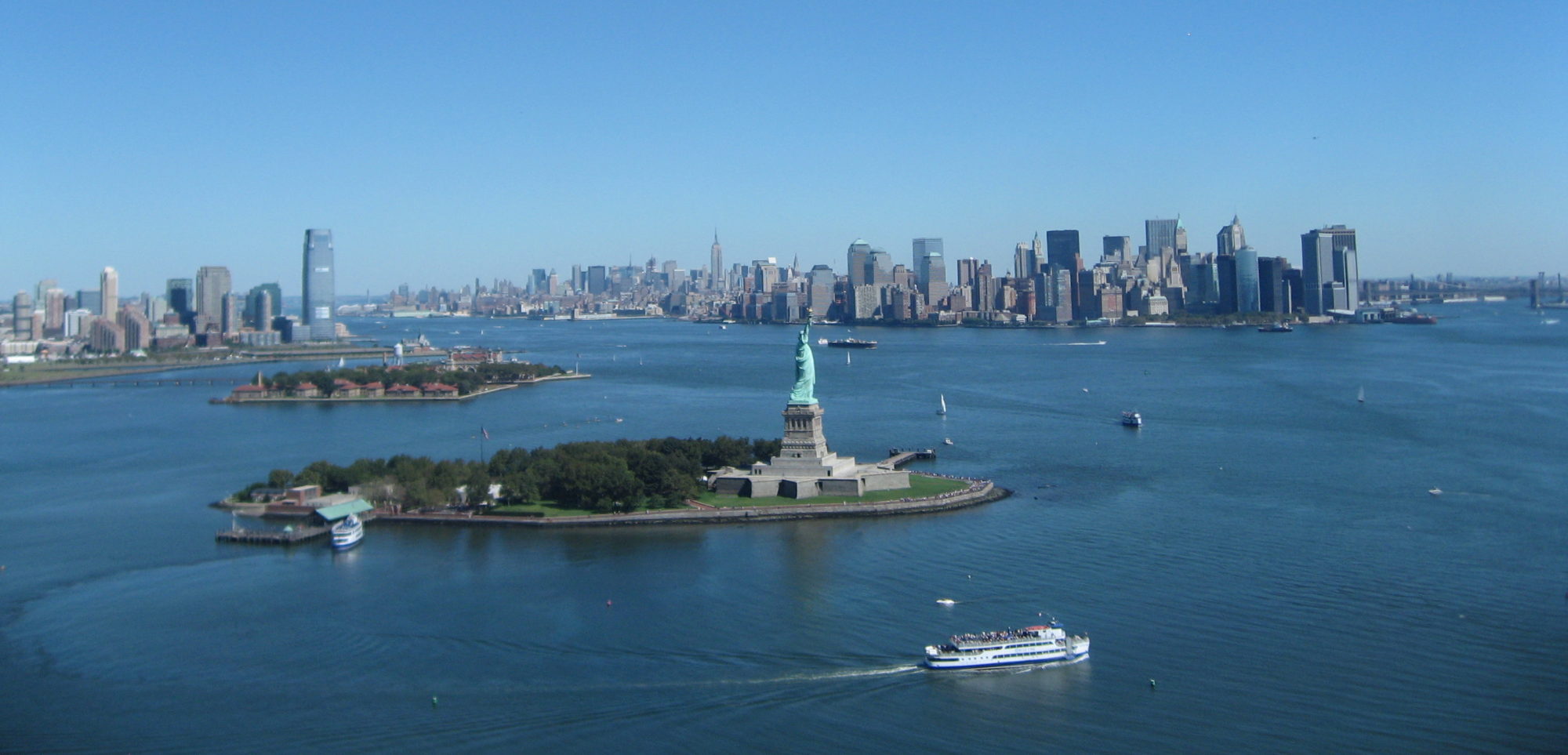23-Aug-24 Chuckchi Sea
Not being a twitcher or birdwatcher or having any interest in birds whatsoever you’ll be surprised to learn that this morning’s lecture on Arctic Bird Life is so interesting. Glad I turned up. The scientists on board have maps coloured with migration patterns of different species. Migration route depends on where the birds tend to their business during the northern hemisphere summer months and vice versa. In the summer there are an average of 220 species of birds in the Canadian Arctic archipelago. In winter it reduces to just 22.
Birds generally migrate along longitude lines called flyways. Birds in the western Alaskan habitat tend to migrate south along the Pacific coast line of the Americas to southern Chile. But birds in the Canadian Arctic archipelago above the middle of Canada use the Mississippi flyway passing through the middle of north America and down in to the middle of Brasil and Argentina. See photo below. When you think about it they have a similar habitat. Lying to the east of the Rocky and Andes mountain ranges the landscape, like the Arctic tundra, is flat. Albeit at different temperatures.
Birds in the eastern part of the North West Passage tend to use the Atlantic coast flyway. Again similar maritime environment. When you see the data like this it’s informative, interesting and easy to understand. I’ll be having a degree in ornithology by the end of this trip.
And then.
The moment to celebrate.
Last night at about 2240hrs we sailed across the Arctic Circle. Necessitates a ‘christening’.
The Norse God of the Sea is Njord. Father of Freya.
He suddenly makes an appearance.
Well. OK. It’s Luca. One of the scientists. Dressed in his bed sheet and belt. Carrying a narwhal tusk. About 2.5m long.
After a proclamation (see video below) we are all christened. With ice cold water and ice cubes dished out in a ladle from punch bowls by the captain and crew.
Out on deck it’s about +3C. I’m fully prepped up with polar fleece and weatherproof coat. Scarf. Gloves. Hat. Jeez – it’s a shock to the system when the icy water is thrust down your neck and over your head.
But. Some silly souls have stripped off for the event. They must be frozen.
One young crew member is the last to go. Captain and crew throw two large punch bowls of ice and icy water over him. Drenching him in the process. Swearing like a trooper at the laughing Captain turns out it’s his birthday today. Everyone can’t stop laughing as he stands there shivering.
To complete the crossing ceremony. A shot of schnapps. Worth doing for that. And a warm glow comes over you.
There’s no rest this morning and another interesting lecture on Beringia. By an elderly German geologist. Who just happened to study in Braunschweig way back when it was West Germany. By coincidence I spent three very happy years living and working in Braunschweig in the late 1990s. Which is where I met my German twin. Born hours apart, Miss Braunschweig has been a friend ever since.
Thousands of years ago, the area between Alaska and Russia was connected by land rather than sea. Over thousands of years, glaciation took place, and sea levels rose, meaning that there is now a stretch of water between Alaska and Russia. As we sailed through the Bering Strait the water depth is only 40-50m. And as we head in to the Chuckchi Sea north of the Bering Strait, the depth is sometimes less than 30m.
Evidence shows that it was a land bridge as there is human activity in Tierra del Fuego about 12,000 years ago which has been shown to be humans migrating from Siberia across the land bridge and down to the southern tip of South America. There is also evidence of human activity in the southern area of South America 40,000 years ago but the scientists don’t seem to know how they got there. Assuming it was impossible to sail there at the time they can only assume they came over the Bering Strait but back then there was no land bridge.
One of the final slides shown is one similar I saw on my Antarctica trip five years ago.
It shows earth’s temperature over thousands of years as a pretty regular heartbeat. At this point in time of the cycle, Earth’s temperature is naturally on an upward trajectory. What we as humans have been doing over the past 100 years is increasing the rate of change.
But don’t worry.
At some point, earth’s temperature will reach a peak and, in theory, will start cooling again. Towards a new ice age. In about 5,000 to 10,000 years.
Another afternoon nap is called for. Cinnarizine is hitting me hard. Went through the same thing in Antarctica in 2019.
On board ship we have the following nationalities:
16 Australians
3 Austrians
47 Canadians
7 French
2 Chinese
69 Germans
11 Dutch
10 Norwegians
6 Swiss
31 British
65 Americans
267 in total!
Evening lecture includes updates for tomorrow.
Told to batten down the hatches.
Increased winds and a 2m swell.
Been very fortunate that the past couple of days at sea have been relatively calm. But as I type this blog at 2230hrs, we’re starting to rock and roll a bit.







Such bravery rewarded with a shot of Schnapps, well worth it I should imagine!